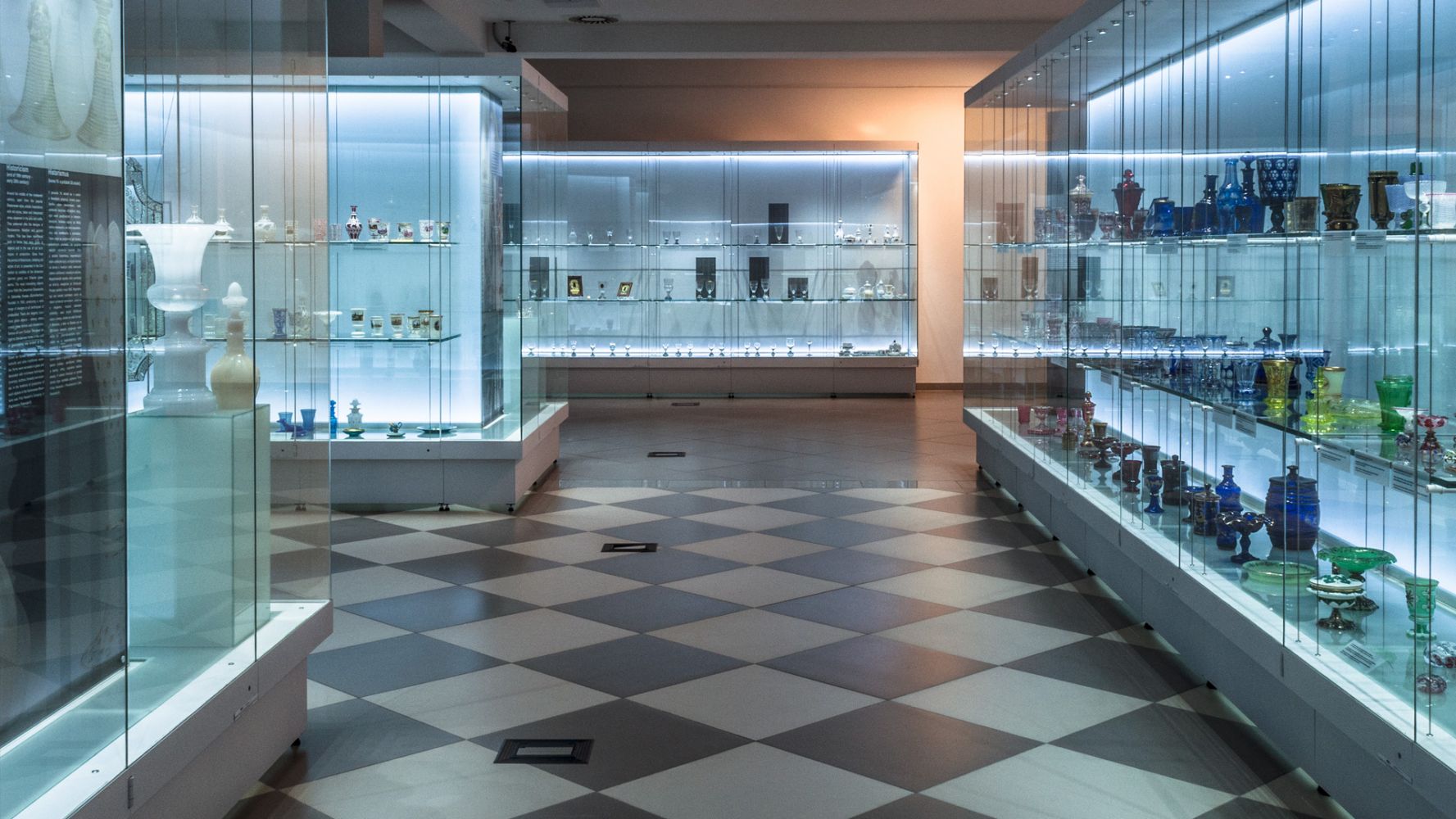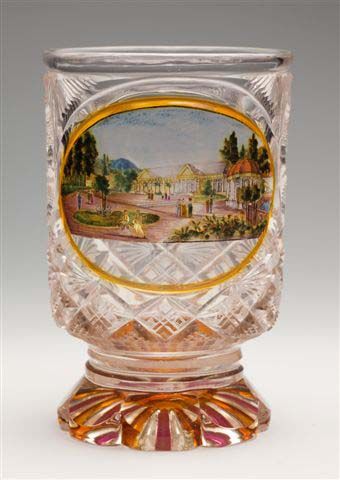GIANT MOUNTAINS MUSEUM
Thanks to its beautiful new building, exhibitions of art glass and the history of the region, the Krkonoše Museum has become one of the most attractive museums in Poland and a showcase for the region.
The original museum building was unable to accommodate the growing collection, so it was decided to build a new building, connected to the old one by a glass bridge. The construction work was completed in 2011. In the interior of the new building there is an exhibition of glass products. On the ground floor of the old building there was a permanent exhibition dedicated to the history of Jelení Hora, including archaeological, historical, ethnographic and artistic parts. On display are garments and accessories - richly decorated with embroidery from Jelenia Góra schools, paintings, sculptures and the results of artistic craftsmanship. Thanks to the generous subsidies provided by the state for the purchase of exhibits, the Deer Mountain collection currently numbers over 9,000 artefacts, the largest in Poland.
In 2018, on the initiative of the director Gabriela Zawiłová, the construction of the Glassworks - Glass Laboratory was started, which was completed a year later. In style, mass and glass facade, this building mimics an exposed Krkonoše cottage.
GLASS LABORATORY
In addition to the glass melting furnace, the glass laboratory is equipped with other equipment and accessories that allow you to learn about the entire production process. After seeing rare and unusual glass products, visitors to the museum can learn more about them and get involved in the production process themselves during creative workshops and practical demonstrations. The Krkonoše Museum has workshops focused on glass cutting and engraving, decorating with coloured enamels, as well as workshops focused on stained glass and glass painting. Their participants will acquire theoretical knowledge that they can then use in practice.
THE GLASS TRAIL IN THE POLISH-CZECH BORDER AREA














